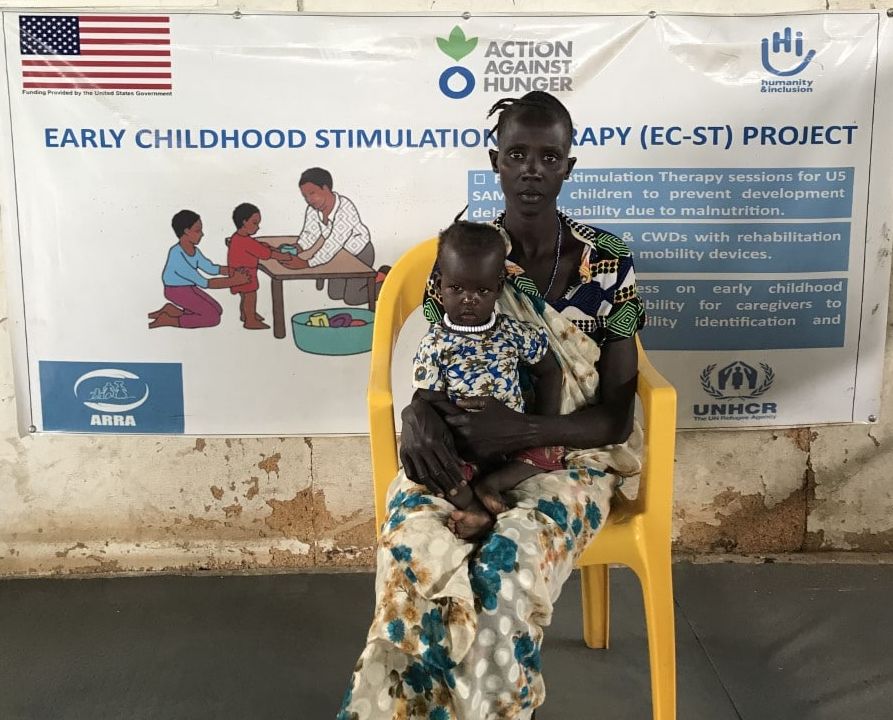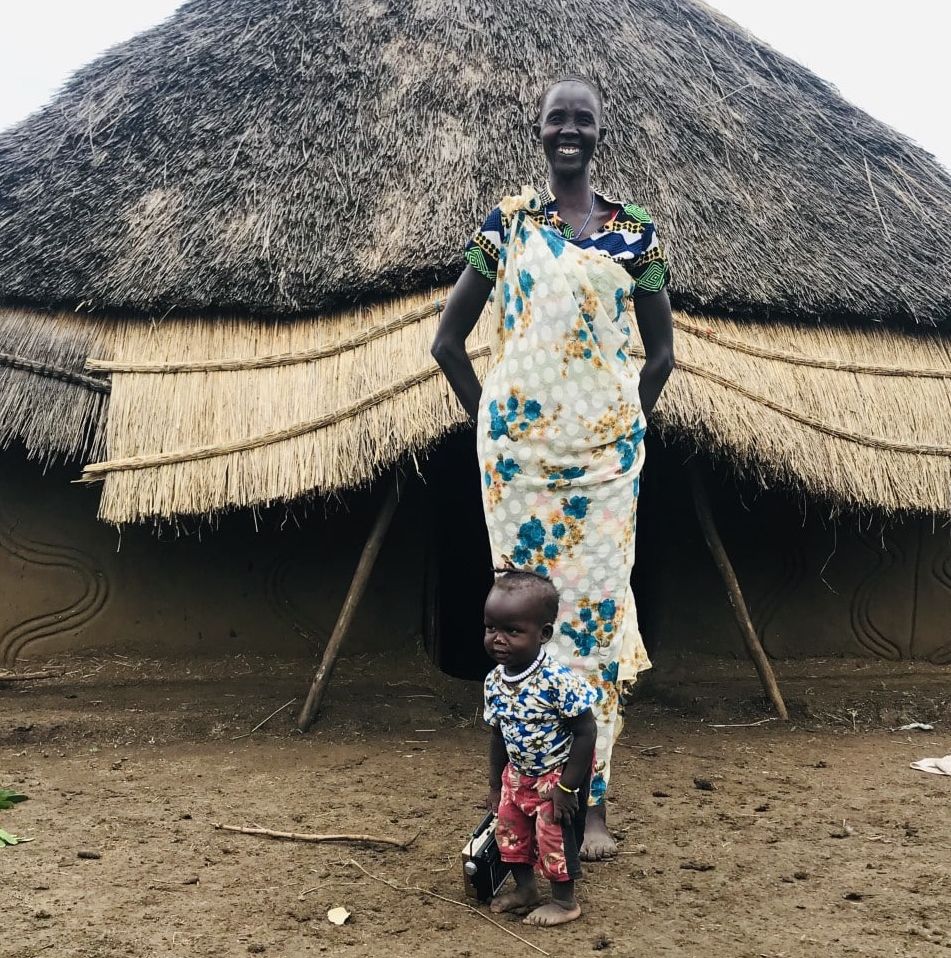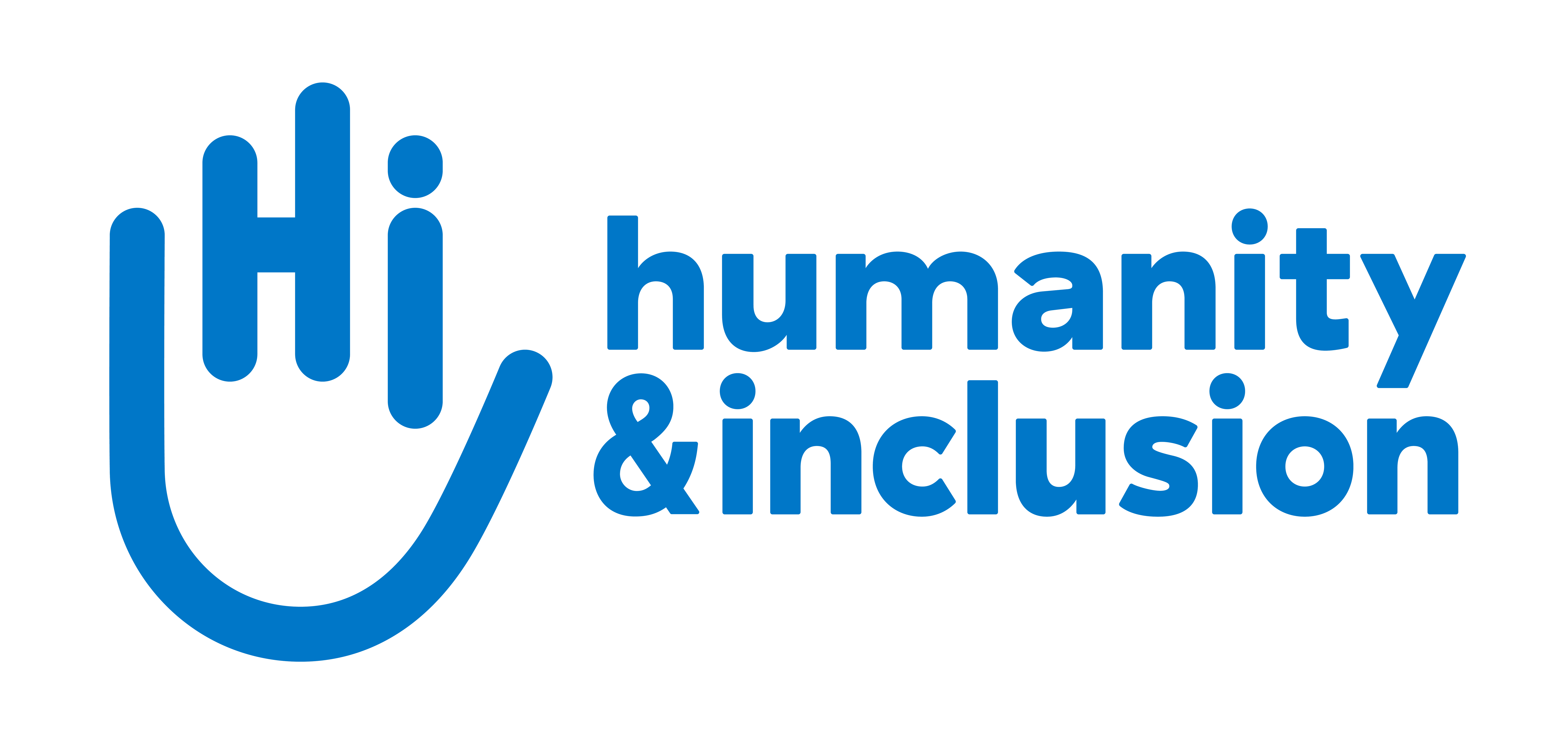Supporting growth in malnourished children: Pal’s story
Malnutrition prevented Pal from developing like other children his age. With HI’s nutrition support and stimulation therapy, he can now sit, stand and walk on his own.

11-month old Pal, standing on his own after stimulation therapy from HI. | © HI
A lack of resources for Pal’s family
11-month old Pal and his mother Nyayual, 34 years old, live in the Nguenyyiel refugee camp, in Gambella, Ethiopia. Originally from Nasir, South Sudan, they were forced to flee their home in 2017 due to war and unstable conditions in the area. After leaving her husband behind in the conflict, Nyayual is raising her five children as a single mother in the camp and working as a cleaner.
 Living in the refugee camp, Nyayual is faced with a lack of resources, insufficient finances and increasing drought, all of which make it difficult to access food and nutrition for her children. Malnutrition has a particularly strong impact on babies and young children, like Pal, who are still developing their minds and bodies. Malnutrition and undernutrition are major factors in child mortality, illness and disability. Children may show delays in motor and cognitive development, associated with behavioural and communication problems. These can consolidate over time and lead to irreversible disabilities if left untreated. Most neurological disorders related to malnutrition are preventable.
Living in the refugee camp, Nyayual is faced with a lack of resources, insufficient finances and increasing drought, all of which make it difficult to access food and nutrition for her children. Malnutrition has a particularly strong impact on babies and young children, like Pal, who are still developing their minds and bodies. Malnutrition and undernutrition are major factors in child mortality, illness and disability. Children may show delays in motor and cognitive development, associated with behavioural and communication problems. These can consolidate over time and lead to irreversible disabilities if left untreated. Most neurological disorders related to malnutrition are preventable.
“I was worried a lot about my baby,” Nyayual says. “Because his growth rate was slow and he was unable to sit-up without support like other children his age.”
Overcoming developmental delays
Nyayual brought her son to HI to begin stimulation therapy sessions and to receive emergency nutrition supplies. Early childhood stimulation therapy for malnourished children stimulates motor skills and cognitive development through personalized care and by engaging in active play with toys such as balls or plastic cars. HI rehabilitation specialists developed the therapy to use alongside emergency nutrition initiatives, rehydration and essential medical care to give children the best chance of survival, resilience and an improved quality of life.
After attending sessions with his mother, Pal began to show improvements. He can now sit without any support, stand by himself and he has recently even begun to walk independently. Nyayual was also taught skills to continue Pal’s progress from home.
“Being able to play with his peers and siblings at home also helps Pal to improve his social interactions and learn some gestures, which improves his language skills,” says Gadisa Obsi, HI physiotherapist in Ethiopia.
It has now been five months since the family began receiving nutritional support from HI, and Nyayual says she is very pleased with her son’s performance, which now fits with his age group. Pal’s favorite activities are dancing and “playing drums” by beating on household objects, and his favorite food is mashed potatoes with milk.
“My ultimate goal is to see him go to school,” says Nyayual. “I hope one day he can become an educated person who will bring real change for our family.”





